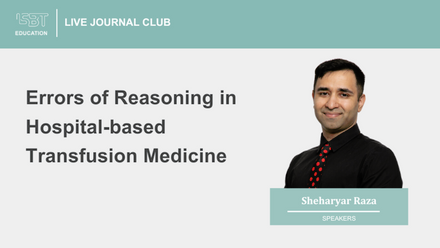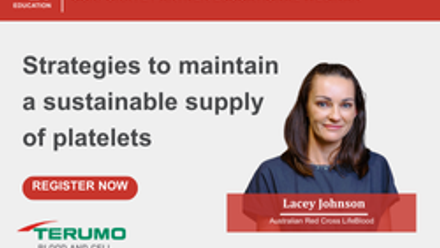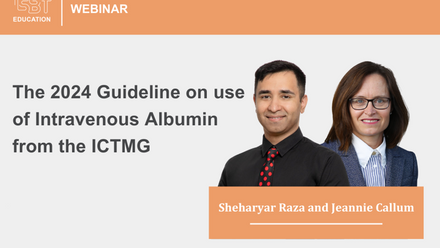The Making PDMPs accessible in LMIC session included the following presentations:
1. Glynis Bowie: A Quality Management System supports safer plasma for fractionation
2. Jeh-Han Omarjee: Challenges and Successes NBI experience in fractionating plasma from LMIC
3. Israel Chipare: Meeting the fractionator's requirements in LMIC – Experiences and a success story from Namibia
4. Jean-Claude Faber: Ways to improve supply with safe plasma protein products in resource-constrained countries
MODERATORS: Leni von Bonsdorf, Jay Epstein
Abstract
Ways to improve supply with safe plasma protein products in resource-constrained countries
JC Faber 1
1International Coalition for Safe Plasma Proteins ICSPP, Amsterdam, Netherlands
Every year some 9 million liters of plasma are discarded as they are not used, particularly in low- and middle- income countries (LMICs). At the same time, there are continued dramatic shortages in supply with safe plasma protein products (PPPs) including plasma-derived medicinal products (PDMPs) and appropriate treatment of patients with bleeding disorders disease and immunodeficiencies is not possible. WHO Achilles Project calls since 2009 on WHO Member States to: a. improve quality & safety of blood/ blood products (including plasma) and b. avoid wastage of plasma and use it to produce safe PPPs.
WHO collaborates closely in its efforts with the ICSPP and propagates different strategies:
1. activities to strengthen elements of the national blood system in LMICs (such as Competent National Authorities with appropriate regulation, Blood Establishments, Hospitals and their Blood Banks);
2. local preparation in existing blood establishments (BEs) of safe PPPs, using validated pathogen-reduction (PR) technologies;
3. local production of safe PPPs in existing BEs/facilities, using validated small-scale plasma processing;
4. contract fractionation of domestic plasma in a facility abroad;
5. national plasma fractionation in a local facility;
6. assistance from manufacturers of medical devices & disposables for PR;
7. technology transfer from plasma fractionators.
In a stepwise approach to improve supplies with safe PPPs, a relatively simple and inexpensive approach to start with local preparation in existing BEs using PR-technologies is to make available to hospitals Cryoprecipitate-PR / Immunoglobulins-PR. In these BEs, QM needs to be exercised properly and a functioning QMS should be in place. Also, it is crucial to have oversight of these activities in BEs by a competent regulatory authority. The next step going beyond local preparation of safe PPPs could be Contract Plasma Fractionation (CPF) which is an arrangement where plasma collected in a country/ region/ institution is sent to a fractionation facility abroad. This plasma needs to be quality-assured and comply with standards of quality and safety set by the plasma fractionator.
Also, for CPF a minimum volume of some 50,000 L plasma per year is required to run CPF effectively and efficiently. CPF will allow to manufacture PDMPs such as albumin, clotting factor concentrates, immunoglobulins and possibly other products obtained from domestic plasma. The final step could be National Plasma Fractionation (NPF) in a fractionation facility in the country where a minimum volume of some 300,000 L plasma per year is needed.
As NPF requires significant capital, human resources, organisational and technical skills and comes with risks in a competing market, feasibility, cost-effectiveness and sustainability need to be demonstrated. Taking into account recent developments and progress in technologies as well as strategies and the availability of large amounts of unused plasma in LMICs, Governments and competent Ministries together with blood establishments/ services should start considering, planning and implementing one of the above mentioned approaches to use domestic plasma for the production of safe PPPs in an effort to alleviate existing supply gaps and shortages. In doing so, they can be supported through tailored projects organised by WHO and ICSPP.






